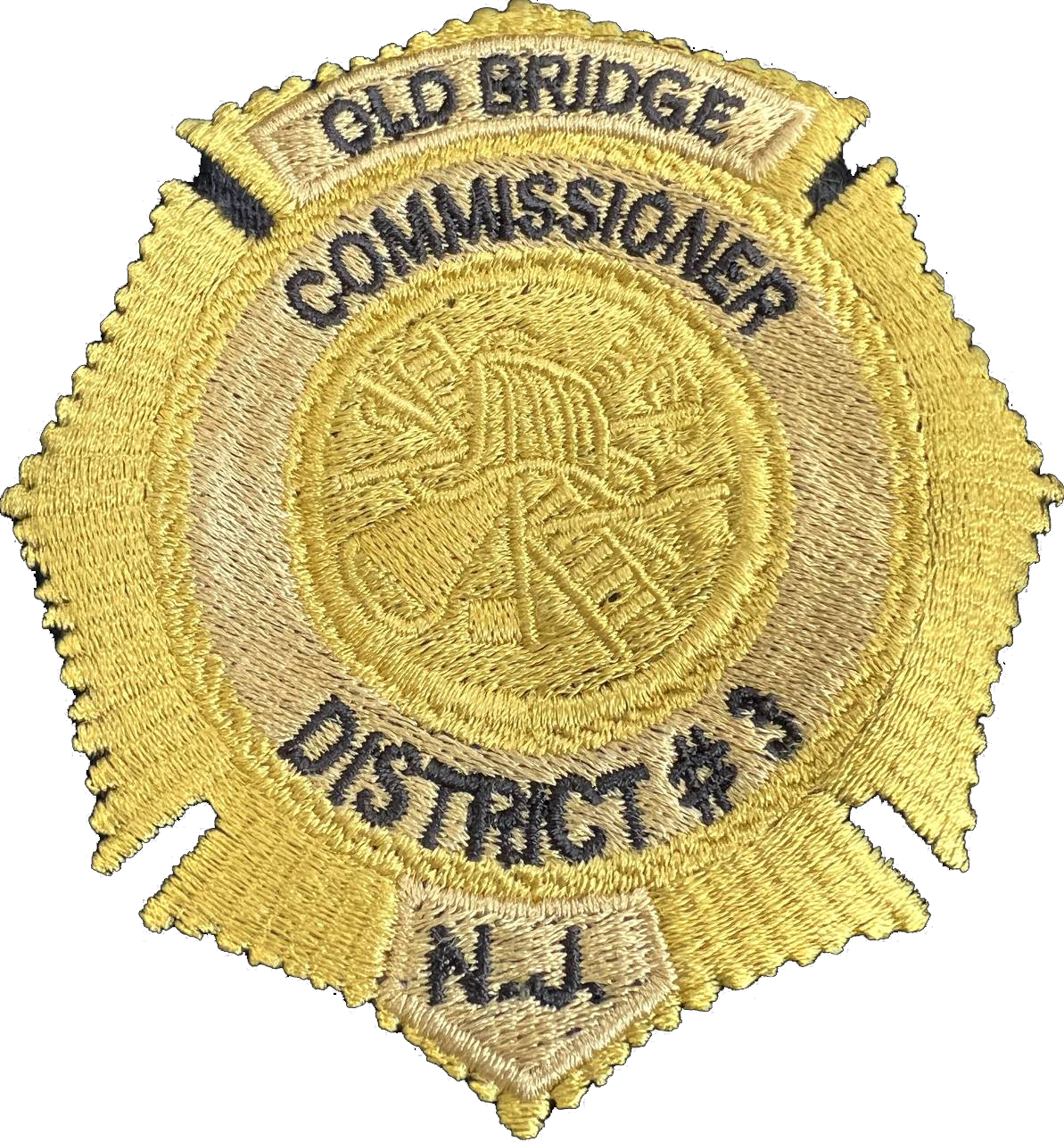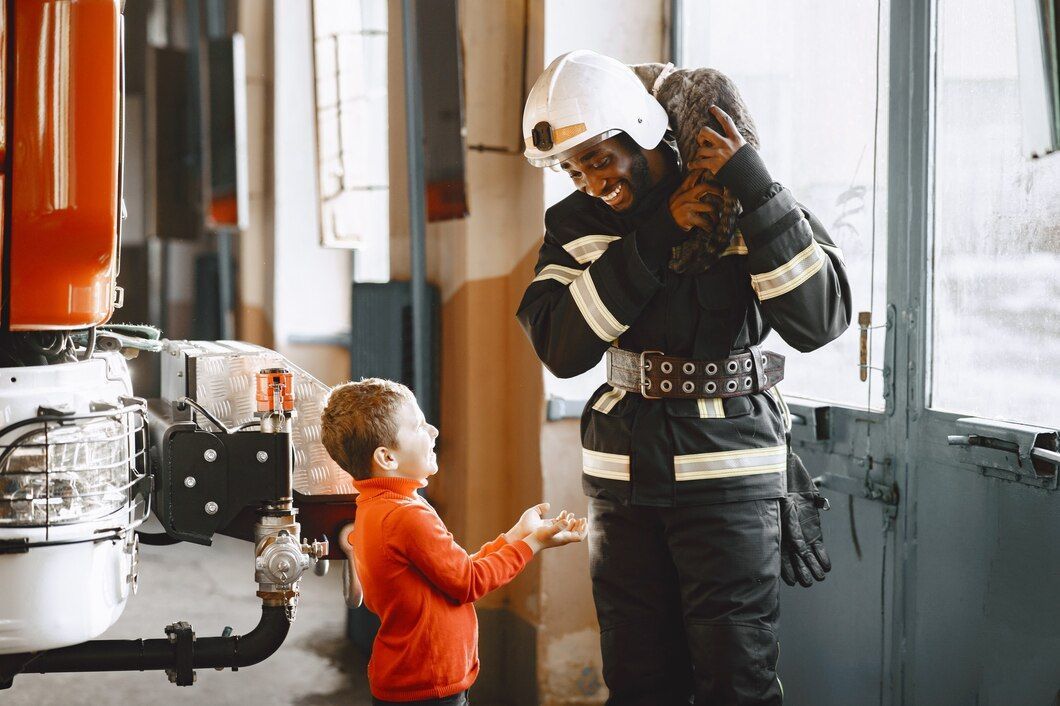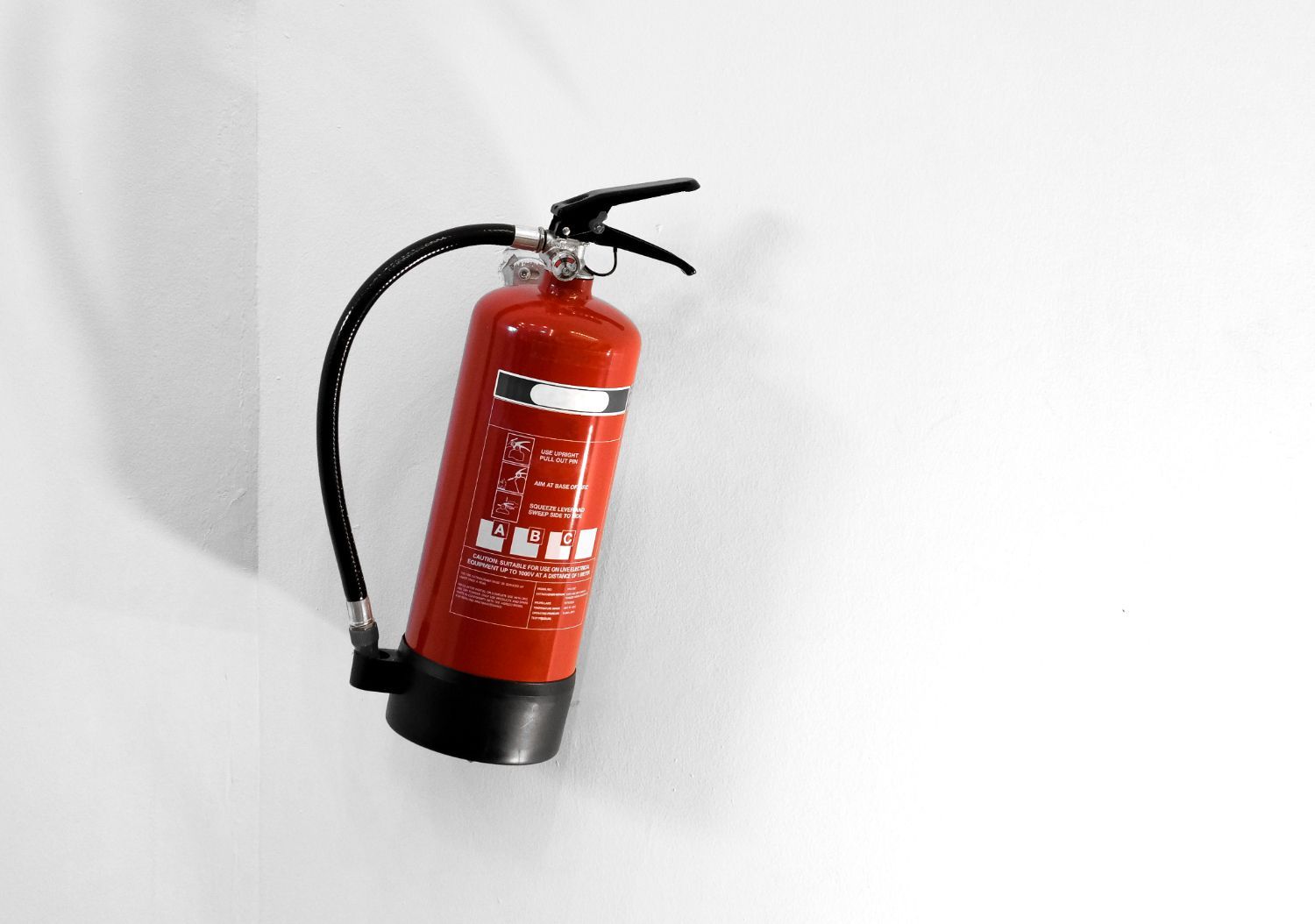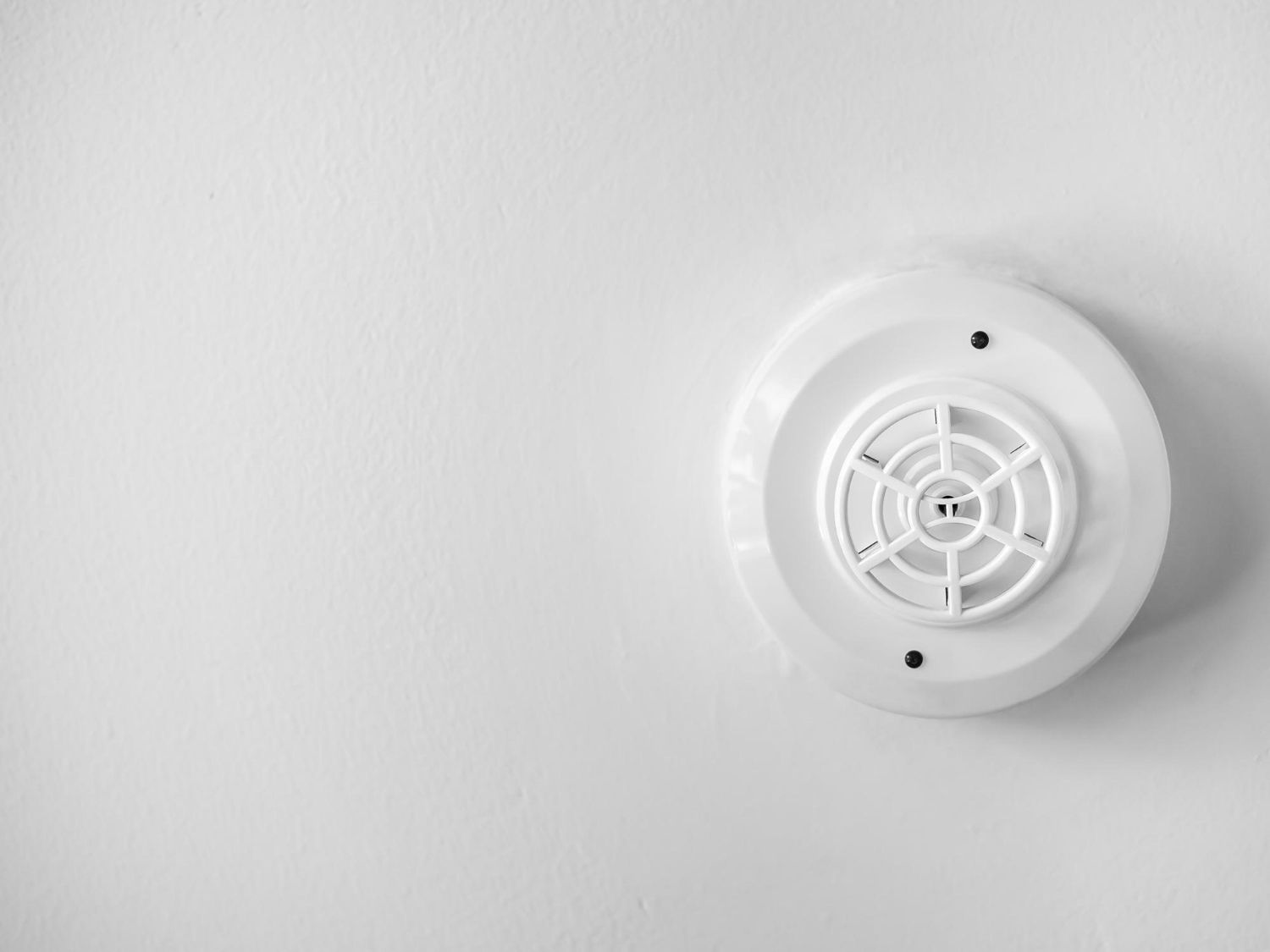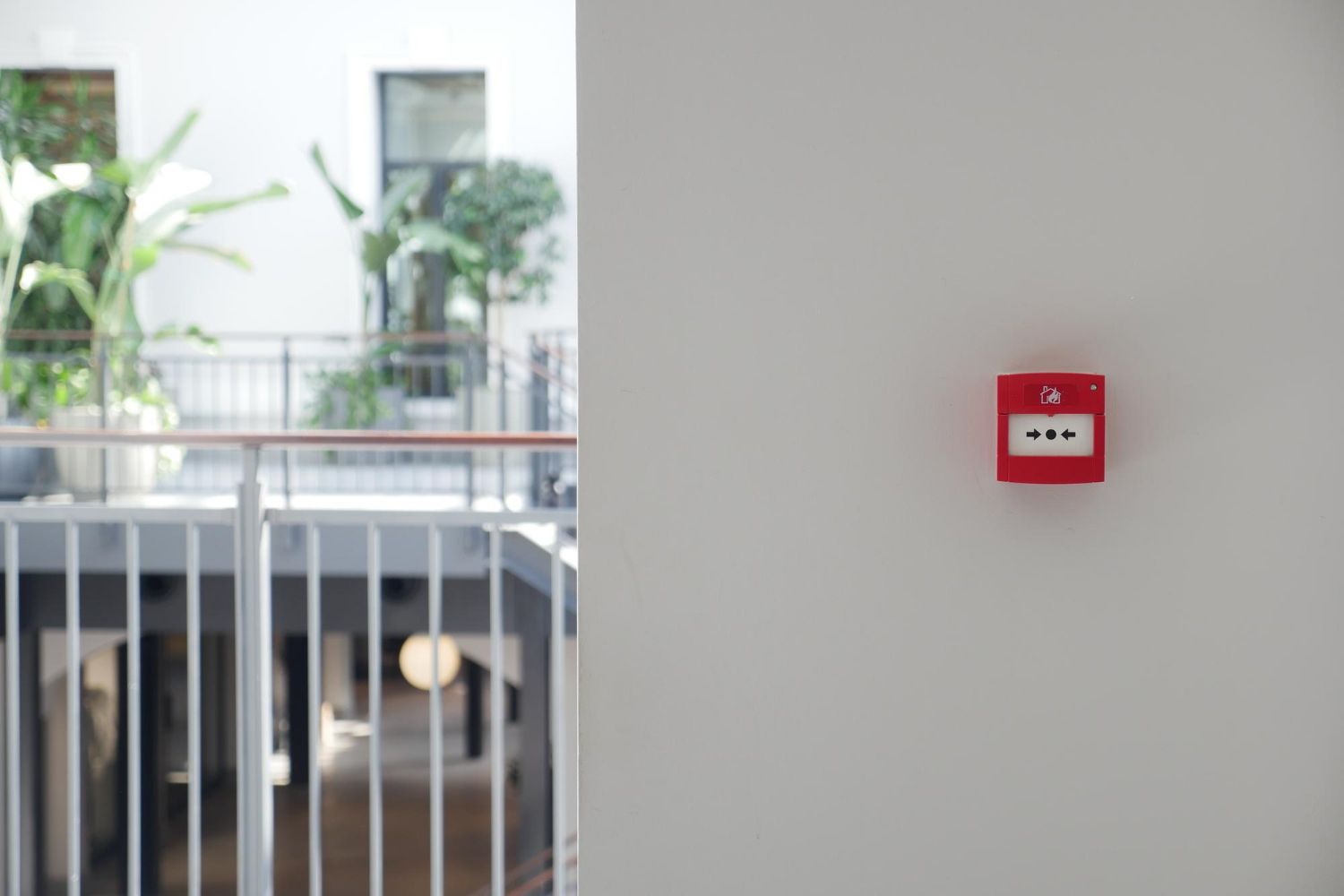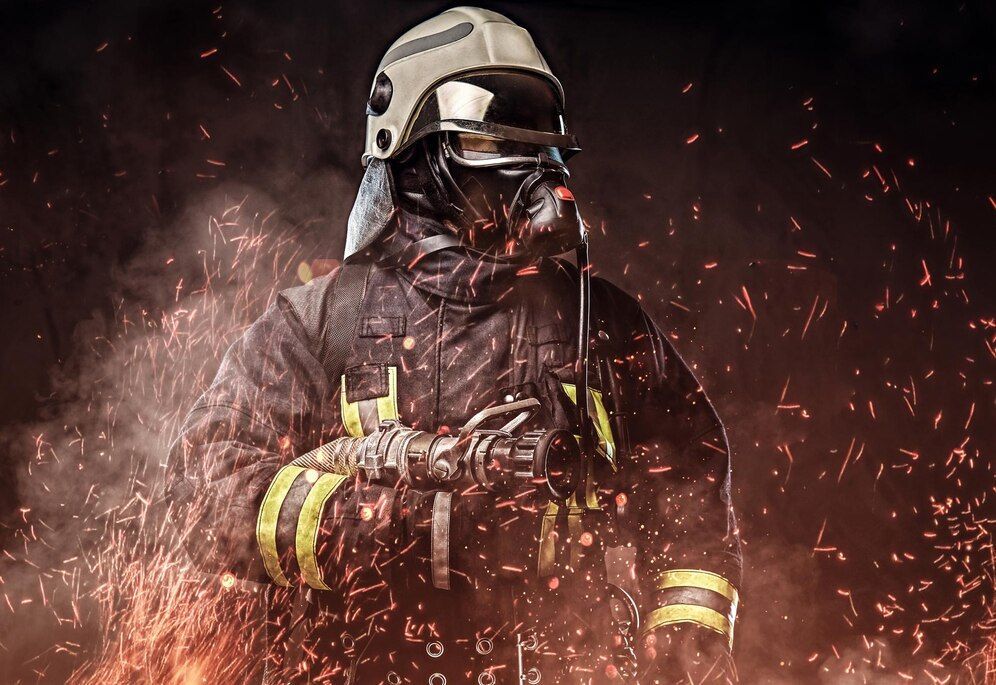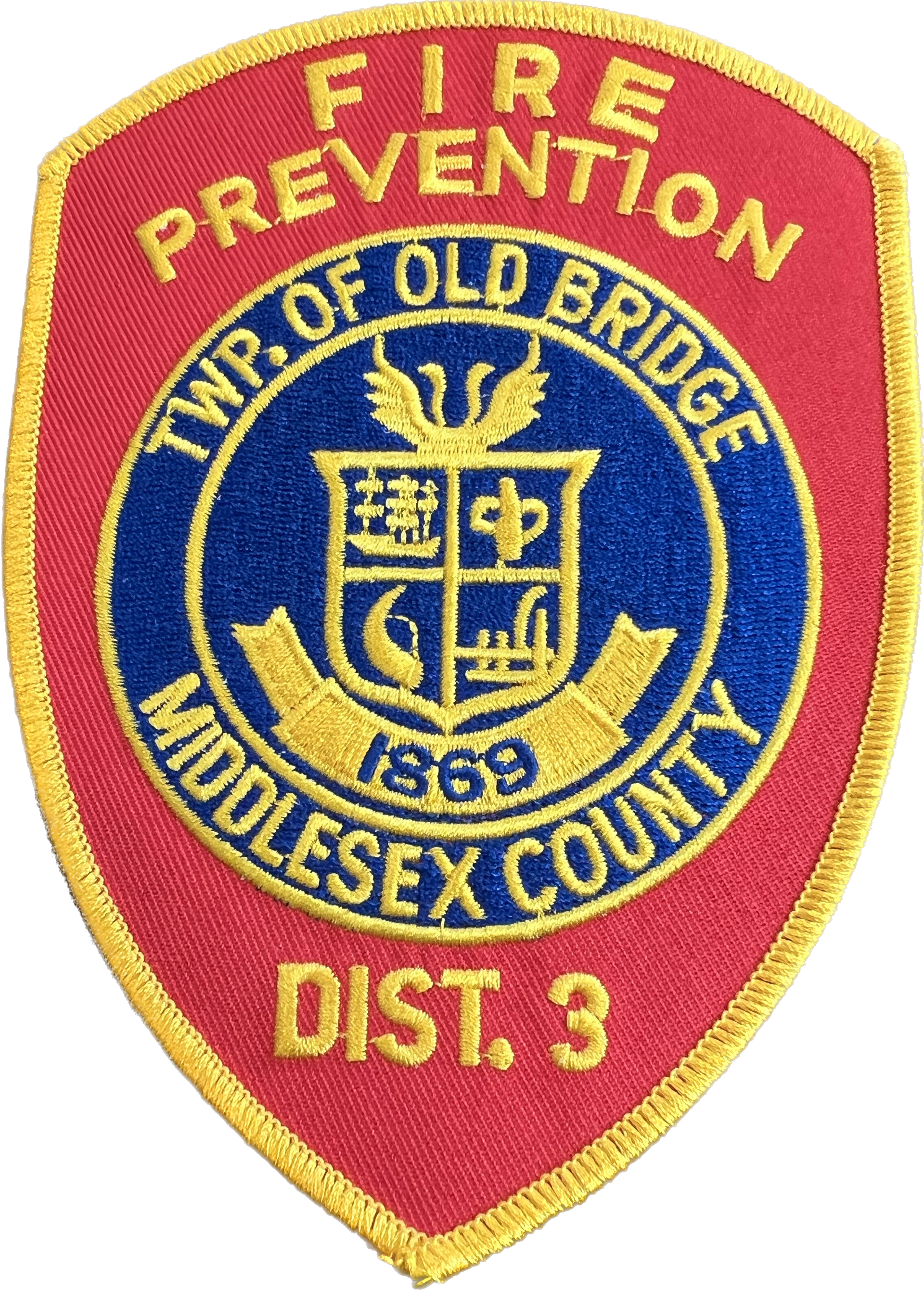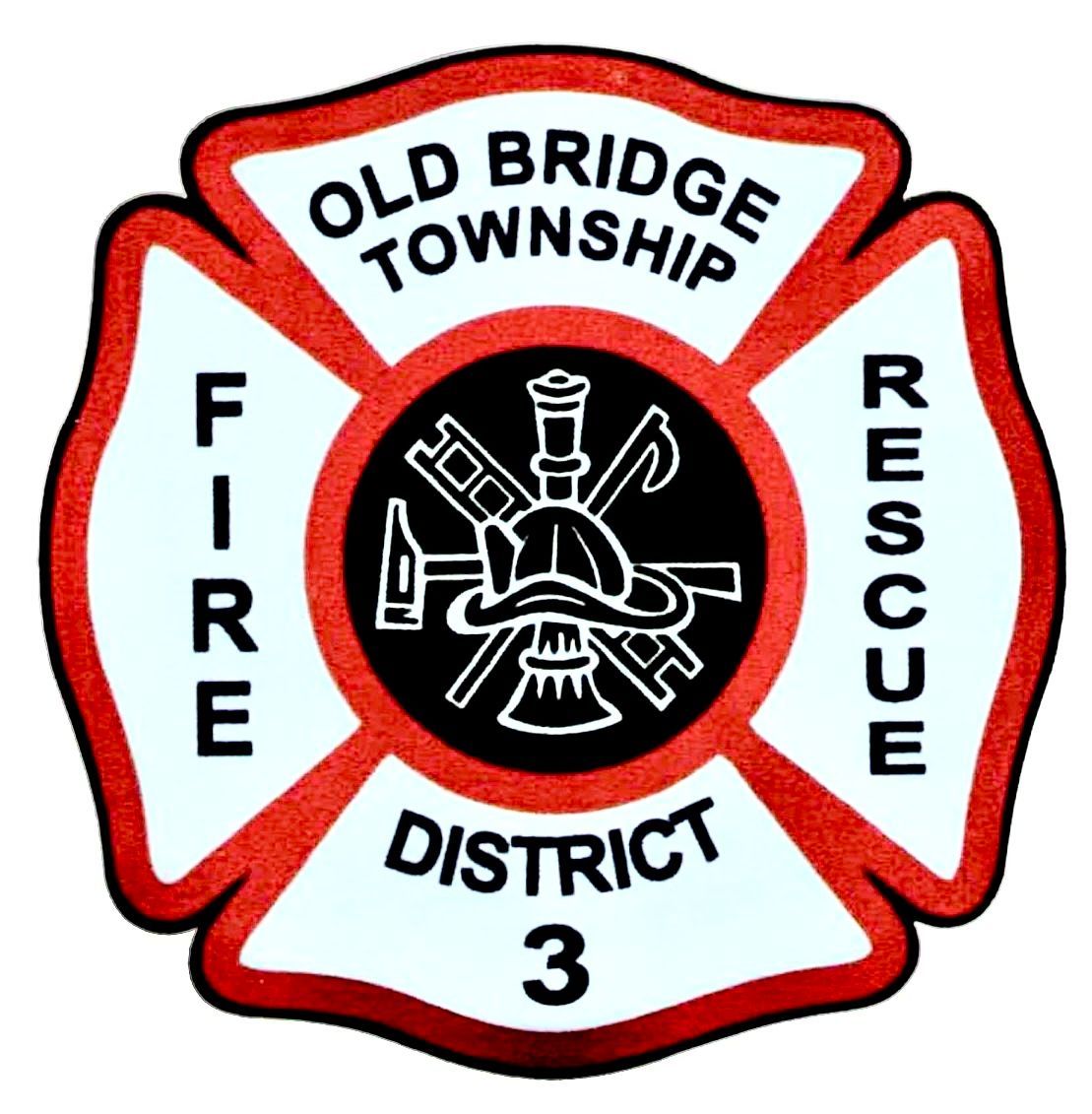Fire District 3's Wildfire Preparedness Guide: Protecting Lives, Property, and Our Environment
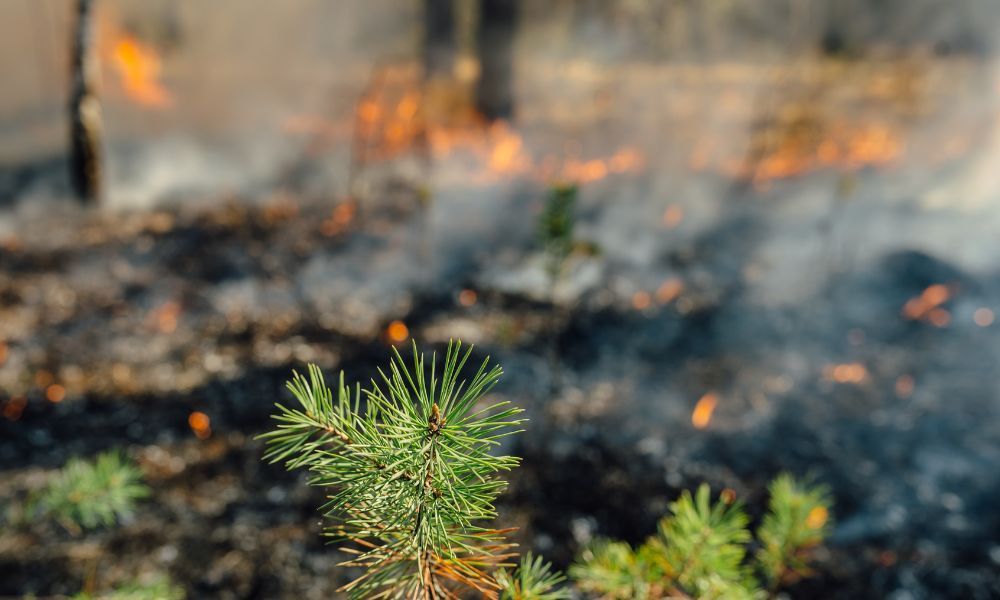
At Fire District 3, our unwavering commitment to providing exemplary fire protection services is fueled by our dedication to respect, integrity, leadership, and accountability. We continually strive to maintain the highest quality of service for our residents and properties through incident response, public education, and fire code enforcement. With wildfire season posing unique challenges to our community, it is essential to equip our residents with the necessary knowledge to protect their families, homes, and natural environments from the devastating consequences of wildfires.
In this blog post, we will provide a comprehensive guide for wildfire preparedness, focusing on essential tips and strategies to ensure safety and resilience during wildfire season. From creating defensible spaces around your property to establishing evacuation plans, this guide aims to empower you with practical tools and knowledge to help mitigate the risks associated with wildfires. Additionally, we will discuss the importance of collaboration and preparedness within our community to ensure a safe and secure environment for everyone.
Join us as we delve into essential wildfire preparedness strategies and underscore the importance of vigilance and proactive planning. By focusing on both personal and collective preparedness, we can foster a more resilient community capable of confronting the challenges posed by wildfires and better equipped to protect lives, property, and our environment.
Creating Defensible Spaces: A Crucial Step in Wildfire-Resistant Home Landscaping
Defensible space refers to the area around a property designed and maintained to reduce the risk of wildfire damage. Creating defensible spaces plays a key role in shielding your home from wildfires and limiting their spread within the community. Follow these guidelines to cultivate a wildfire-resistant landscape:
- Zone-wise approach: Divide the area surrounding your property into three zones—Zone 1 (0-30 feet from the structure), Zone 2 (30-100 feet), and Zone 3 (100-200 feet). Adapt your landscaping techniques according to the specific requirements of each zone.
- Clear debris and combustibles: Regularly remove leaves, branches, and other debris from roofs, gutters, and the ground. Keep combustible materials, such as woodpiles and propane tanks, at least 30 feet away from structures.
- Trim vegetation: Prune trees and shrubs regularly, ensuring that tree limbs do not overhang roofs or chimneys. Maintain a 10-foot clearance between the crowns of tree clusters in Zone 2 to prevent the spread of fire.
- Choose fire-resistant plants: Opt for drought-tolerant, fire-resistant plants with low oil or resin content. Native plants typically require less water and are better suited to withstand wildfires.
Emergency Planning and Evacuation: Be Prepared to Act Swiftly
Having a well-crafted emergency plan in place enables you and your family to respond quickly and effectively during a wildfire. Consider the following elements when developing your plan:
- Create a communication plan: Establish a designated meeting point outside the fire hazard zone and designate an out-of-area contact person to relay information and coordinate during an emergency.
- Prepare an emergency supply kit: Pack essentials such as water, non-perishable food, clothing, medications, and copies of essential documents in a durable, easy-to-carry container.
- Plan for special needs: Account for the unique requirements of family members with disabilities, elderly individuals, and young children, as well as pets and livestock, when crafting your emergency plan.
- Know your evacuation routes: Familiarize yourself with multiple evacuation routes from your home and community, and keep your vehicle fueled and ready during wildfire season.
Community Collaboration: Strengthening Our Resilience Against Wildfires
Building a fire-adapted community involves collaborative efforts to improve wildfire preparedness and response capabilities. Get involved in community programs and resources that focus on the following aspects:
- Firewise USA recognition program: Encourage your neighborhood to participate in the National Fire Protection Association's Firewise USA program, which provides tailored guidance and resources for reducing wildfire risk.
- Neighborhood emergency groups: Join or establish neighborhood emergency groups, such as Community Emergency Response Teams (CERT), to share information and resources, train residents, and coordinate efforts in emergencies.
- Collaborate with experts: Work with local fire departments, forestry agencies, and land management organizations to obtain information on fire risk assessments, suggested mitigation measures, and opportunities for engagement.
Continued Education and Awareness: Cultivating a Fire-Adapted Mindset
Investing time in understanding wildfire risks and staying informed about fire danger levels, local regulations, and available resources can significantly improve the community's overall readiness for wildfire season. Foster a fire-adapted mindset by:
- Attending public education events: Participate in local fire safety workshops or events hosted by Fire District 3, which typically cover topics like wildfire safety, evacuation, and home hardening.
- Following Fire District 3 communications: Stay connected to Fire District 3's social media pages, website, or email newsletters for timely updates, preparedness tips, and other important information.
- Sharing knowledge with others: Discuss wildfire preparedness strategies and resources with your friends, family, and neighbors, encouraging them to adopt proactive measures and contribute to community resilience.
Embracing Our Collective Responsibility to Protect and Prepare
Fire District 3 is dedicated to safeguarding our community with the highest quality of service possible, and our efforts to combat wildfire risks are an integral part of this mission. However, the responsibility of protecting lives, property, and our environment cannot rest solely on the fire department. It requires a collective approach that involves the active participation of every community member.
By embracing the strategies outlined in this wildfire preparedness guide, we can foster a more resilient and secure community, ready to tackle the challenges that wildfire season presents, and build a better strategy for fire prevention. Together, we can safeguard our families, homes, and natural environments against the devastating impact of wildfires, creating a brighter, safer future for everyone in Fire District 3.
